Wave/Wave/Wave


Perhaps the greatest asset in Liv Tandrevold Eriksen’s arsenal of resources is her exquisite lightness of touch. Her earlier paintings were delicate networks of thinly laid brushstrokes, evoking oily smudge patterns left on well used touchscreens. Since then, the quality of lightness has taken many forms in Eriksen’s images, in strangely atmospheric compositions where visual equilibrium is countered and attained by superimposition and layering.
Eriksen’s first solo presentation for QB Gallery introduces more physical elements to her layering process. The images on display are fairly large canvases occupied by amorphous blobs of diluted acrylics—reds, blues and the occasional yellows and greens—onto which fan-like constellations of similarly treated cutouts are attached to the support, either distributed as singularly applied patches or laid out in curvilinear sequences. These hybrid images notably depart from Eriksen’s previous works, inasmuch as the ground’s whiteness is less prominent and the sewn-on patches make for surfaces more textural and cluttered—however, curiously, without shedding the impression of lightness.
Where the graphic qualities of Eriksen’s earlier paintings tended to reveal her artistic background in drawing, the spaces conjured by her new images appear increasingly ambiguous. The multicoloured attachments look perfectly at home on the paintings’ surfaces, yet seem to hover weightlessly over the pictorial ground, like fluttering confetti. This effect of spatial oscillation—resulting from the appliquéd elements being, quite literally, cut from the same cloth as the rest of the composition whilst remaining materially distinct from it—is an eccentric take on the postmodern pictorial idiom which tilts the horizontal planes of illusionistic recession vertically. In place of a delineated scene receding predictably into the horizon, is an hallucinatory configuration of superimposed transparencies. Its miragelike suggestion of volume recalls the classroom experiment of stacking a pile of image foils on the glass surface of an overhead projector.
The notion of lightness—by way of agility—also appears metaphorically in Eriksen’s recurring references to the apparel and accessories of sports. A few years ago, she was reintroduced to athletics’ bright world of cheap jersey fabrics and stark contrasts via the parental duties of taking her daughters to soccer practice. This weekly exposure to sports has since bled into her work, in various appropriations of athletic gear and garments, such as gym bags, t-shirts and college sweats. Distractedly watching screaming children running around on ball courts led her to think about the possible points of contact between sports and painting, and their shared commonalities in the exertion and regulation of bodily control. The development culminated in an exhibition of works in the gymnasium of a suburban primary school, a presentation seemingly as indebted to Jutta Koether’s so-called “transitive” paintings from the first decade of the 2000s (painting as “project” rather than “object”, as Barry Schwabsky would have it) as to the fashion world‘s recently renewed interest in leisurewear.
Pursuing the sports/painting analogy, I think Eriksen’s current brand of painting finds its most appropriate equivalents in activities which grant primacy to the improvisational art of securing and maintaining balance, such as figure skating, surfing or skateboarding. Admittedly, the latter is not a sport and has already suffered its share of awkward glamorisation in the contemporary art world for its “transgressive” implications (whatever that means anymore). Even so, skateboarding upholds a flexible paradigm of style which could provide a fruitful comparison with the permissive practices of contemporary painting. In common skater’s parlance, the widely used adjective “sketchy”—which, when used as a stylistic designator, has a positive connotation and signifies a kind of decorum of wrongness—perfectly sums up skateboarding’s liberal attitude when it comes to ascertaining skill. With impeccable casualness, the balancing act of sketchy style skateboarding sometimes outshines the precision of its clean style counterpart, as it reveals the quick-thinking spontaneity it takes to roll away upright in the face of gravitational disaster.
Eriksen’s painting is precisely such an art of graceful recoveries. She regularly sets out with a fairly well-defined plan of what she wants to achieve, but her relaxed paint-handling rarely permits the materials to be pushed around how she had envisioned. Diluting acrylics with the amount of water she is accustomed to impedes dexterous brushwork and makes the paint spread into luminous puddles, which almost instantly settle on the unprimed surface. This loose-handed approach obviously entails that she has to allow for a great deal of leeway when planning out her images and requires an astute sense of visual discernment whenever spillage and absorption produce unforeseen effects. The piles and piles of paint-soaked canvas in her studio—replete with compositional hiccups and wrong turns—are a testament to this and speak to the fact of how much effort the realisation of effortlessness practically demands. Regardless of their investment, Eriksens’s paintings somehow keep us from suspecting that her considerate management of all that went elegantly wrong could be fully calculated measures. In their unwrought appearance, the images resulting from this negotiation of mishaps and corrections give rise to a fantasy that she’s breezing right through it, just steadily moving forward, humming a love song.
– André Tehrani



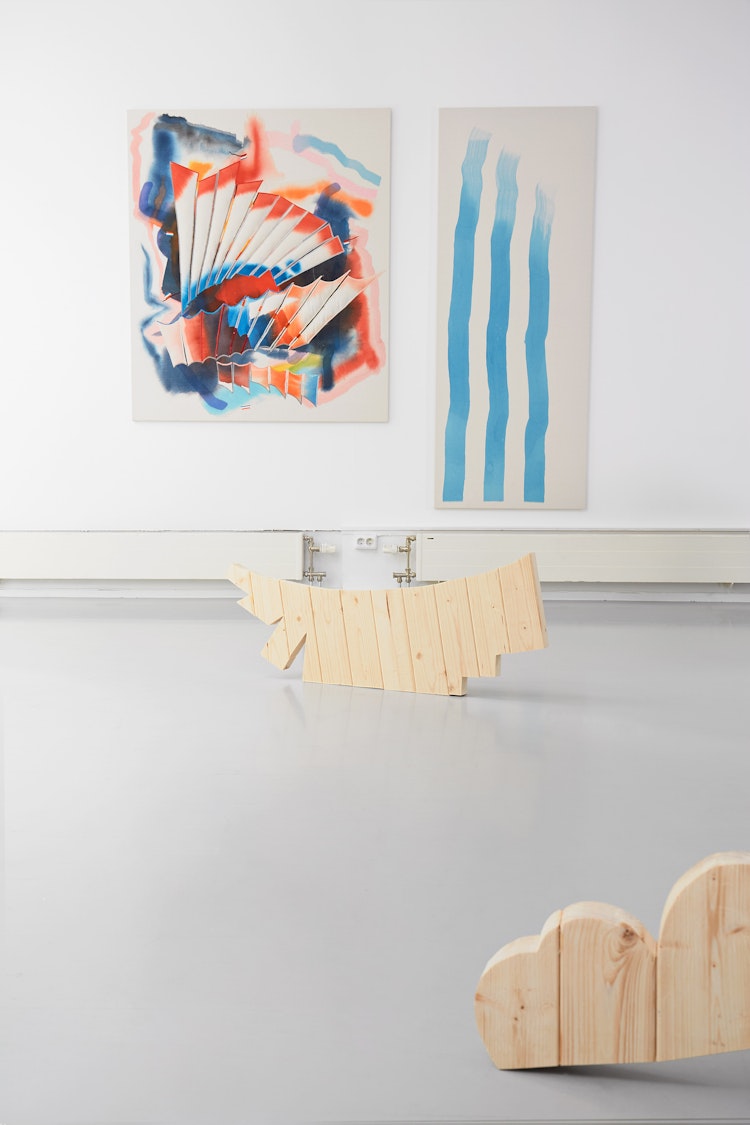
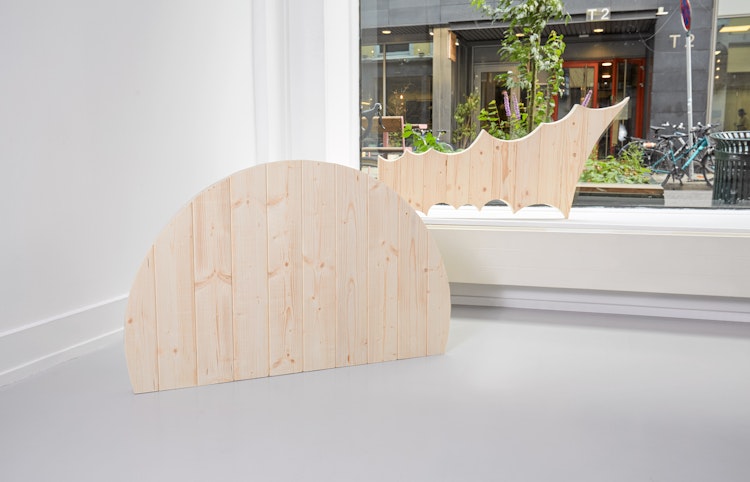
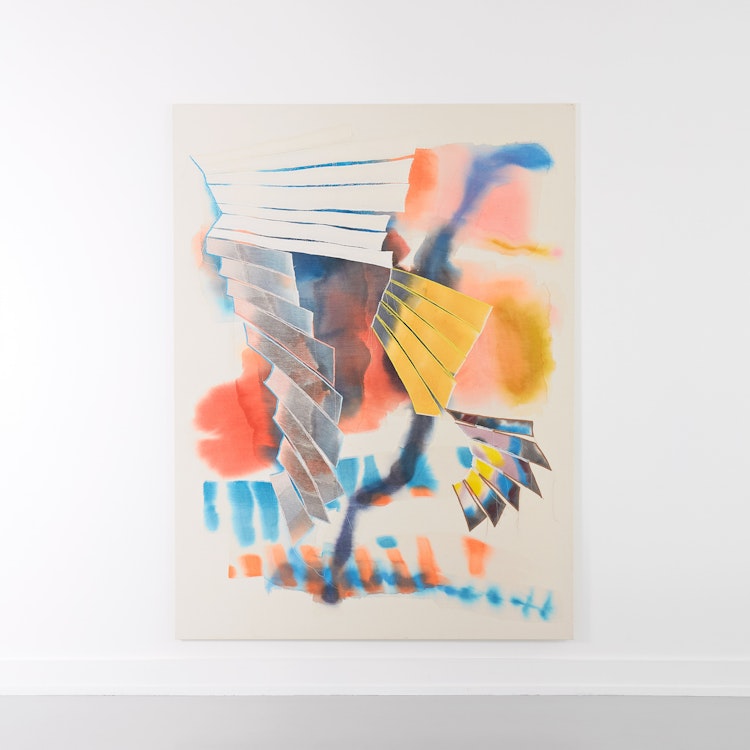


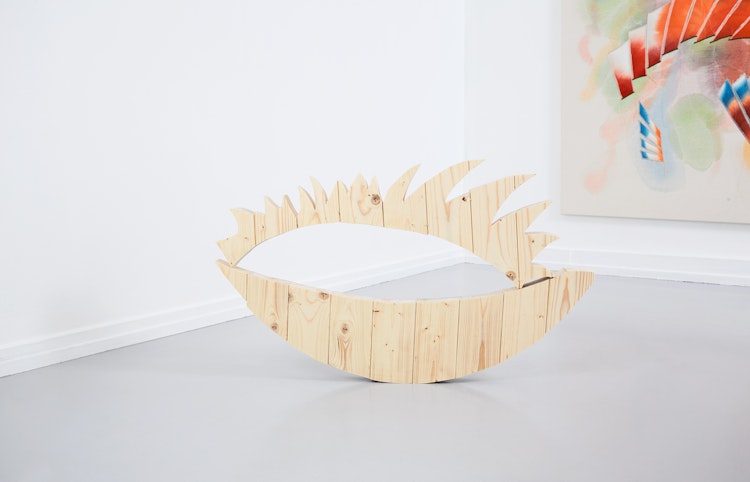

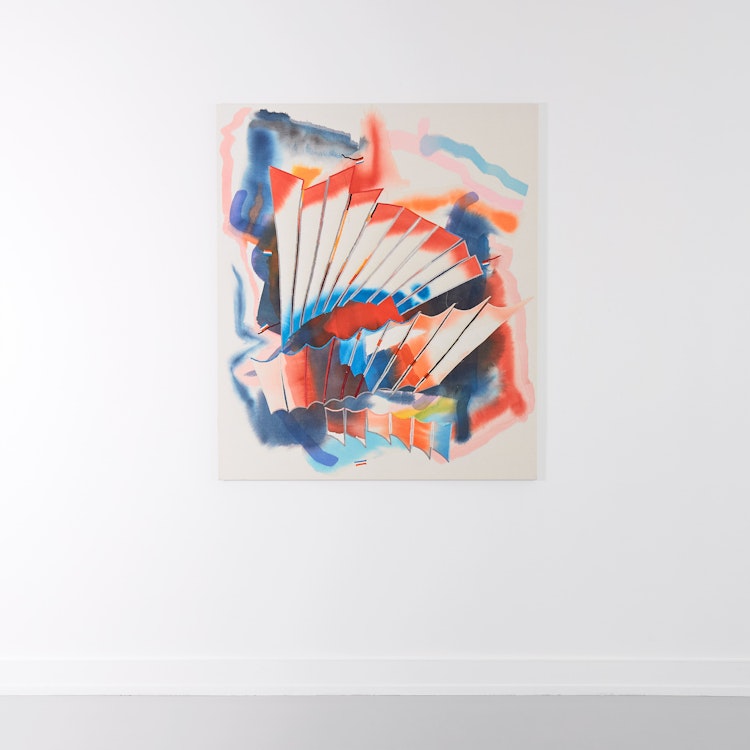
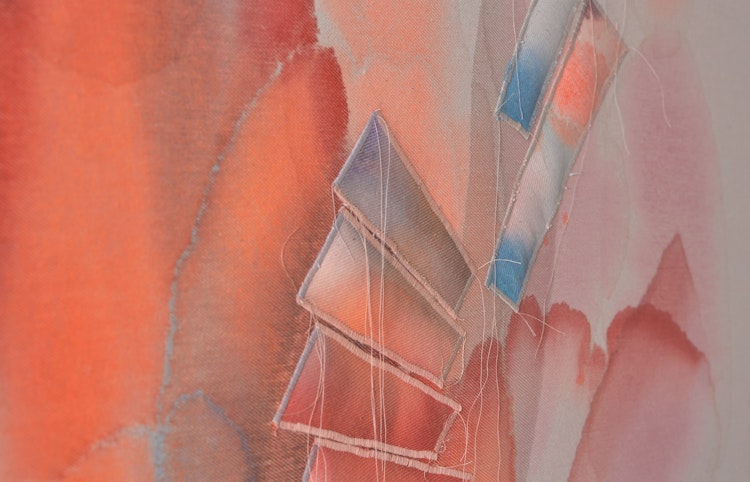
Hva leter du etter?